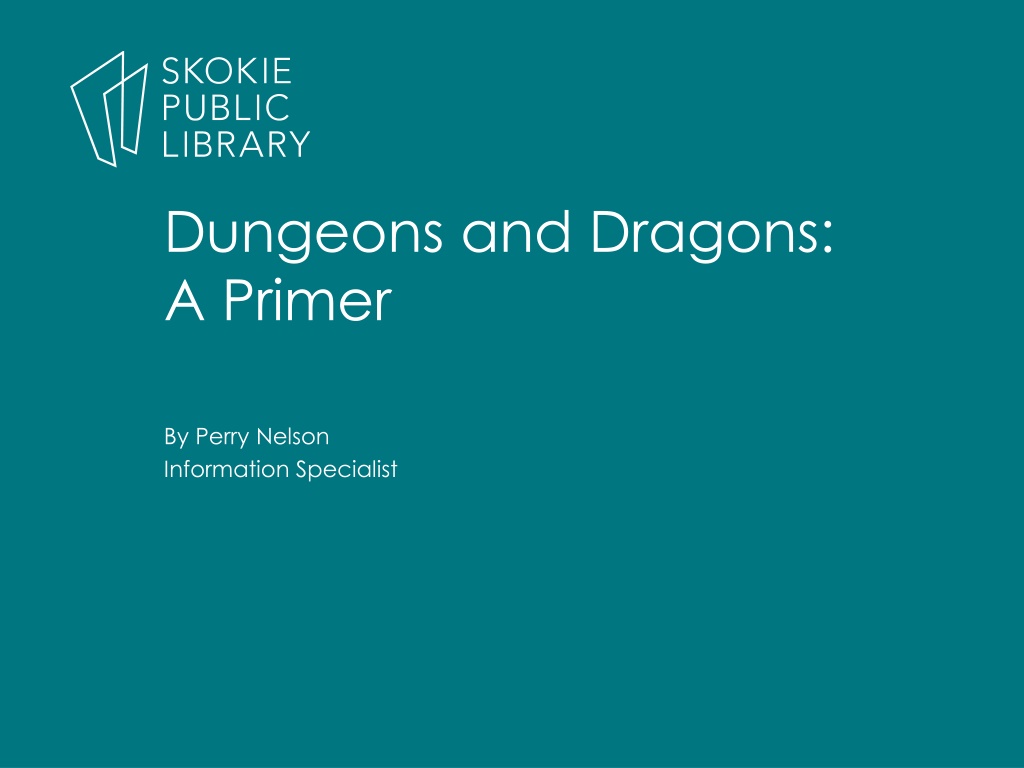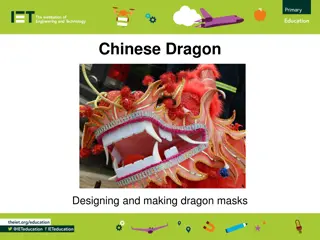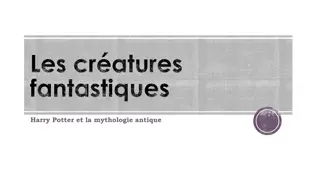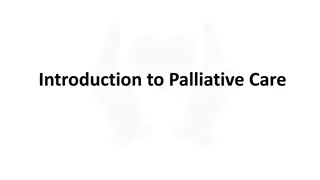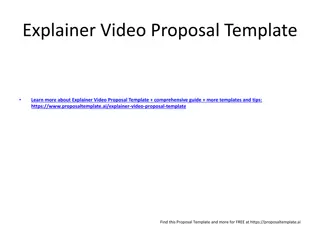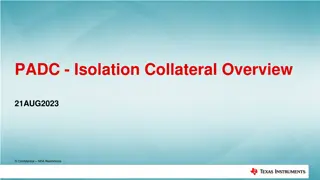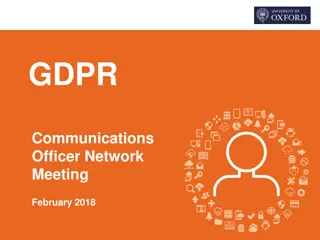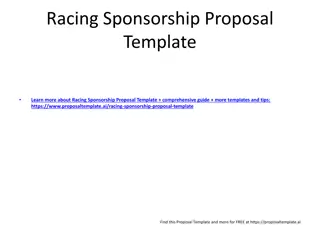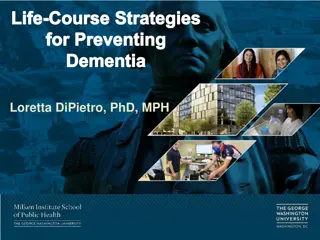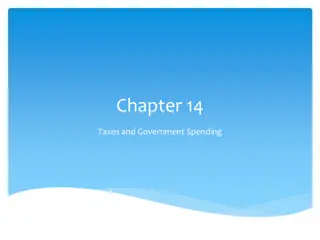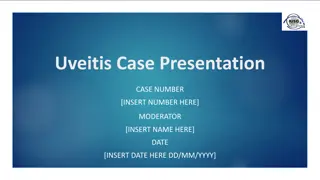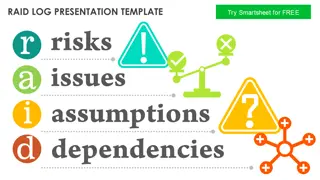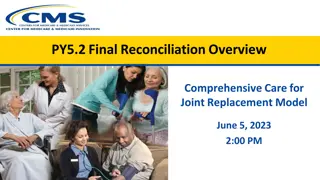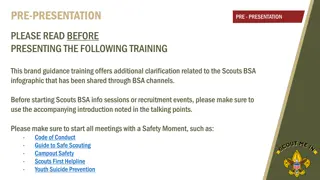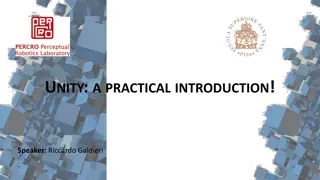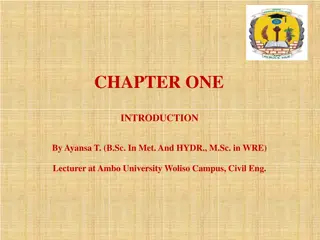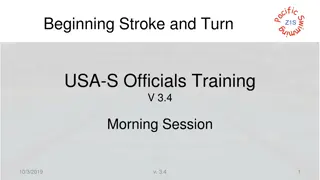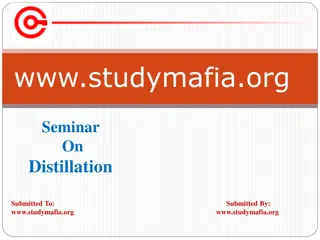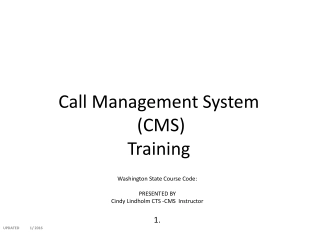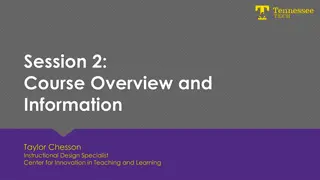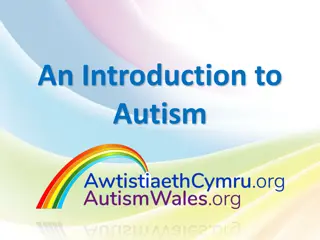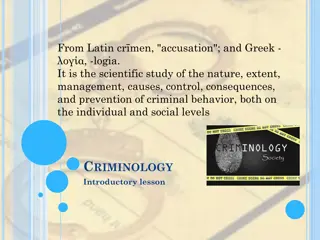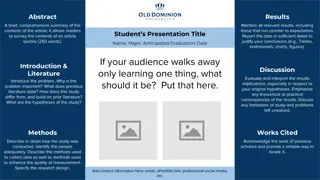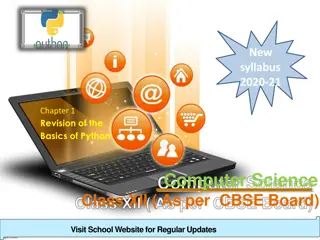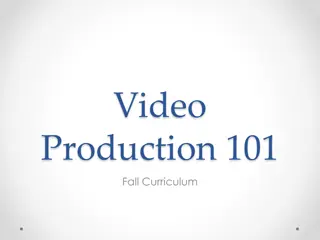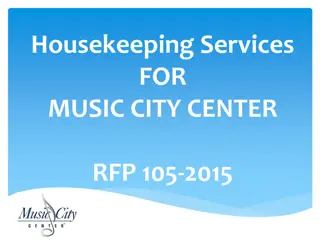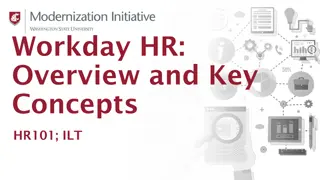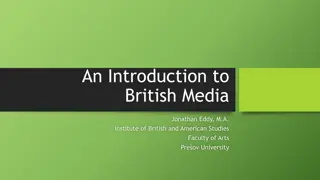Introduction to Dungeons & Dragons: A Comprehensive Overview
Delve into the captivating world of Dungeons & Dragons (D&D) with this primer by Perry Nelson, an Information Specialist. Discover what makes D&D the most popular Tabletop Role-Playing Game (TTRPG) today and how it has shaped the gaming genre. Explore gameplay elements such as dice mechanics, ability checks, combat dynamics, spellcasting, and character creation with core classes and races. Uncover the excitement and creativity that comes with being a Dungeon Master or a player character in this immersive fantasy realm.
Download Presentation

Please find below an Image/Link to download the presentation.
The content on the website is provided AS IS for your information and personal use only. It may not be sold, licensed, or shared on other websites without obtaining consent from the author. Download presentation by click this link. If you encounter any issues during the download, it is possible that the publisher has removed the file from their server.
E N D
Presentation Transcript
Dungeons and Dragons: A Primer By Perry Nelson Information Specialist
What the heck is D&D? Tabletop Role-Playing Game (TTRPG) First edition initially published 1974, with the (most recent) fifth edition published 2014 Most popular TTRPG today and widely considered to have defined the genre after its initial publication
Why do I care? It s fun!
How do I play? Dungeon/game master (DM/GM) and player characters (PCs) Character creation Gameplay
Gameplay: Dice A full set of standard D&D dice consists of 1 d20 (20-sided die), 1 d12, 2 d10 (percentile dice), 1 d8, 1 d6, and 1 d4 The most important one is the d20 Dice are rolled to, in combination with your character s skills, decide the outcome of your actions
Gameplay: Ability Checks I would like to D20 roll Skill modifiers Natural 1s and 20s Contested rolls
Gameplay: Combat Initiative: when your turn is Movement speed: how far you can go Hit points and damage rolls Turn parts: movement, action, bonus action (and sometimes reaction) Armor class (how hard you are to hit), attack rolls (how to hit other people), and saving throws
Gameplay: Spellcasting Not everyone casts spells! Other character types have other skills (with fewer rules) Spell level, spell slots Prepared casting vs. learned casting Spellcasting ability, saving throws, spell save DC Material components
Character Creation: Class Core classes: Barbarian, Bard, Cleric, Druid, Fighter, Monk, Paladin, Ranger, Rogue, Sorcerer, Warlock, Wizard Spellcasters and partial casters Subclasses Character level
Character Creation: Race Core races: Dwarf, Elf, Halfling, Human, Dragonborn, Gnome, Half-Elf, Half-Orc, Tiefling Subraces Stat bumps, languages, proficiencies, abilities
Character Creation: Statistics Core stats: Strength, Dexterity, Constitution, Intelligence, Wisdom, Charisma On a scale from 1-20, with 10 being baseline and modifiers increasing on the even number, thus: Charisma score of 14 or 15 means a charisma modifier of +2 Wisdom score of 4 or 5 means modifier of -3
Character Creation: Proficiencies Skill proficiencies Proficiency bonus Tool proficiencies Language proficiencies Armor and weapon proficiencies
Character Creation: Miscellaneous Background Alignment Feats Multiclassing
Also There s no right way to play D&D! Keep an open mind, ask questions, and always communicate about expectations. In (most) D&D games, there s not really such a thing as winning.
Further Resources DnD Beyond (especially their new player guide) Handbooker Helper videos by Critical Role Rulebooks (at the library) D&D podcasts and webseries Me!
Thank You Want a copy of this presentation? Visit www.skokielibrary.info/handouts where this presentation will be available for four weeks.
